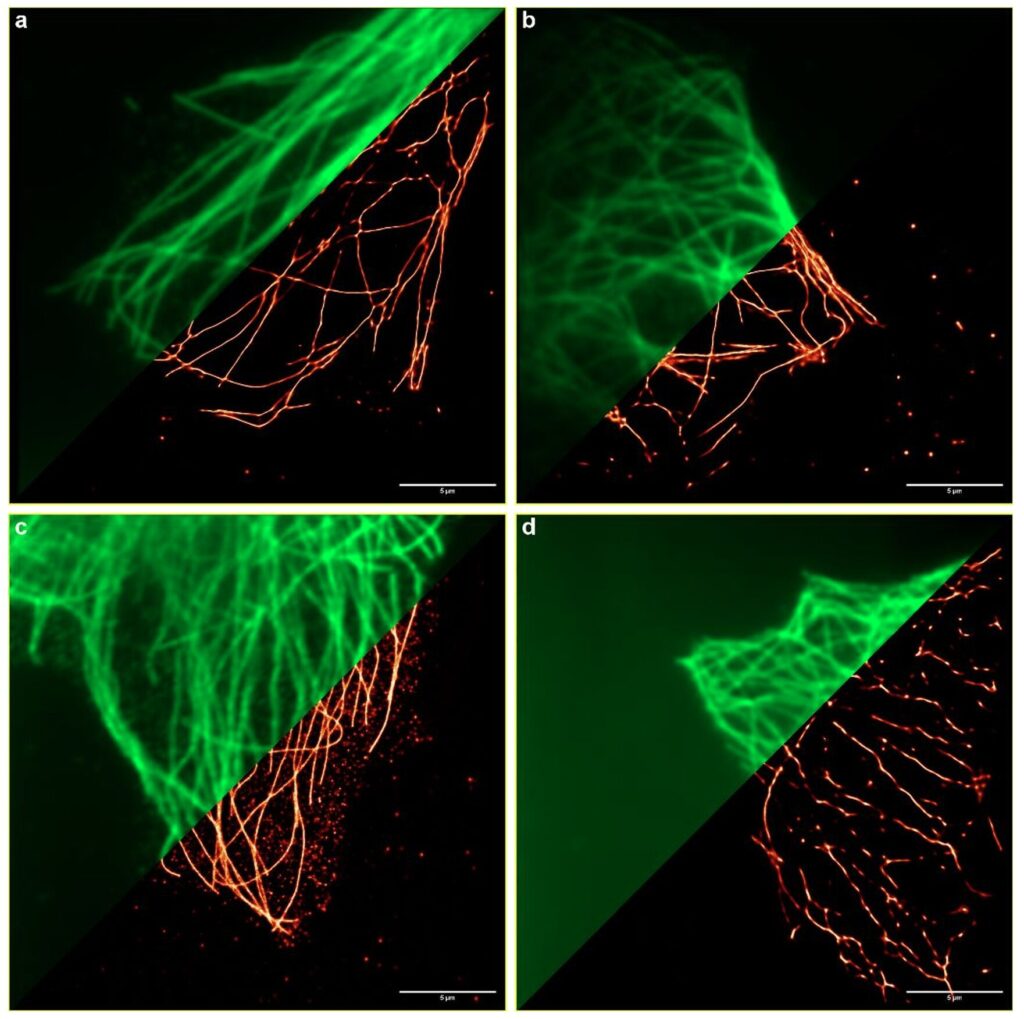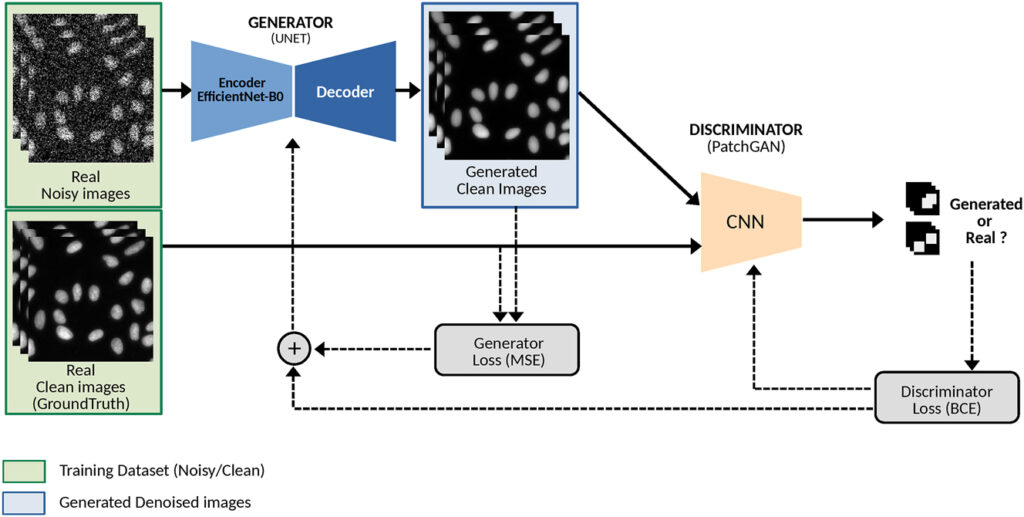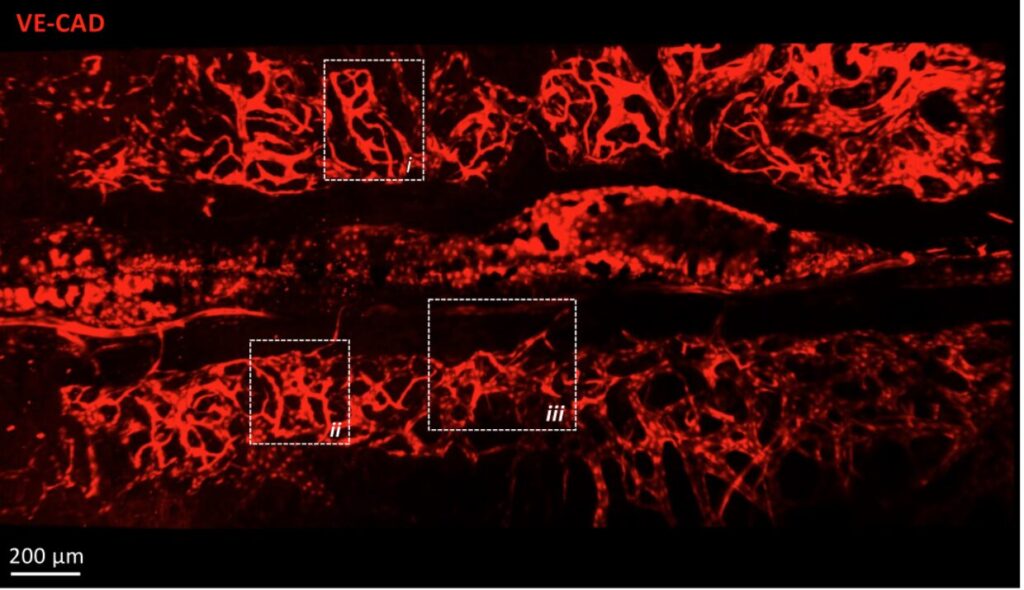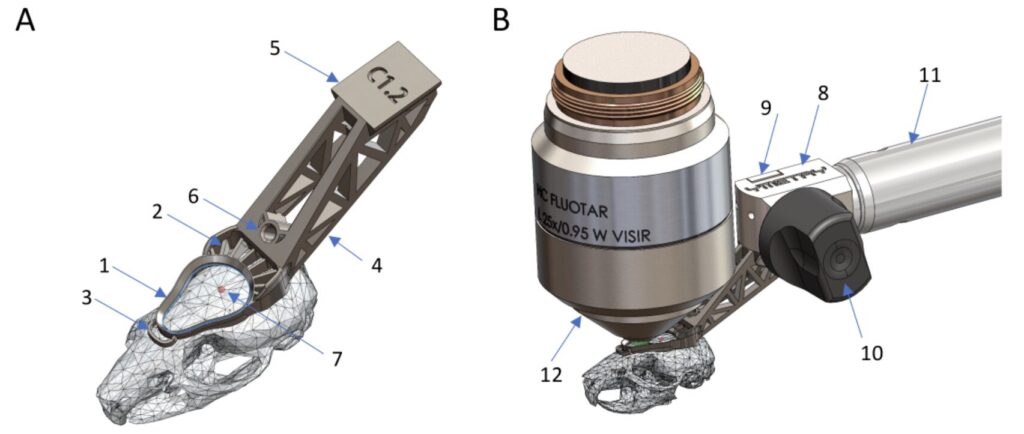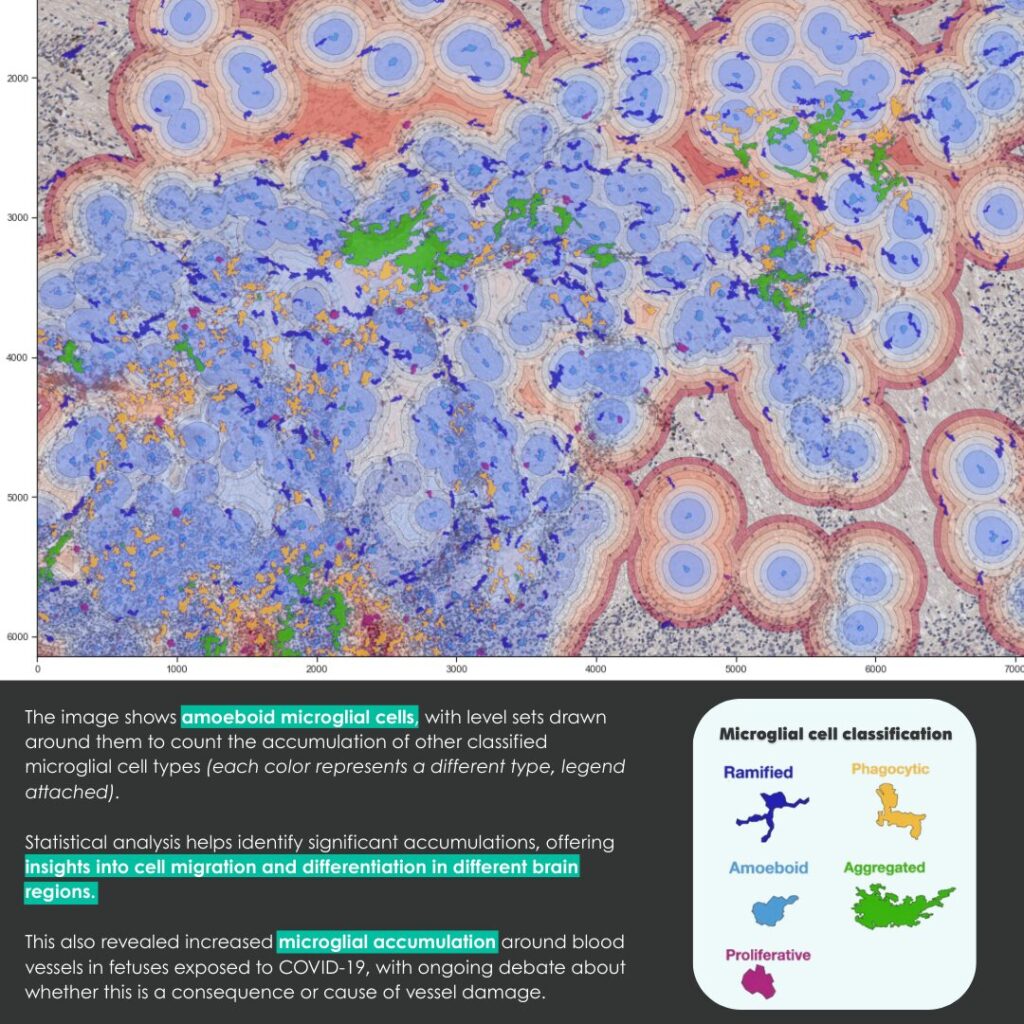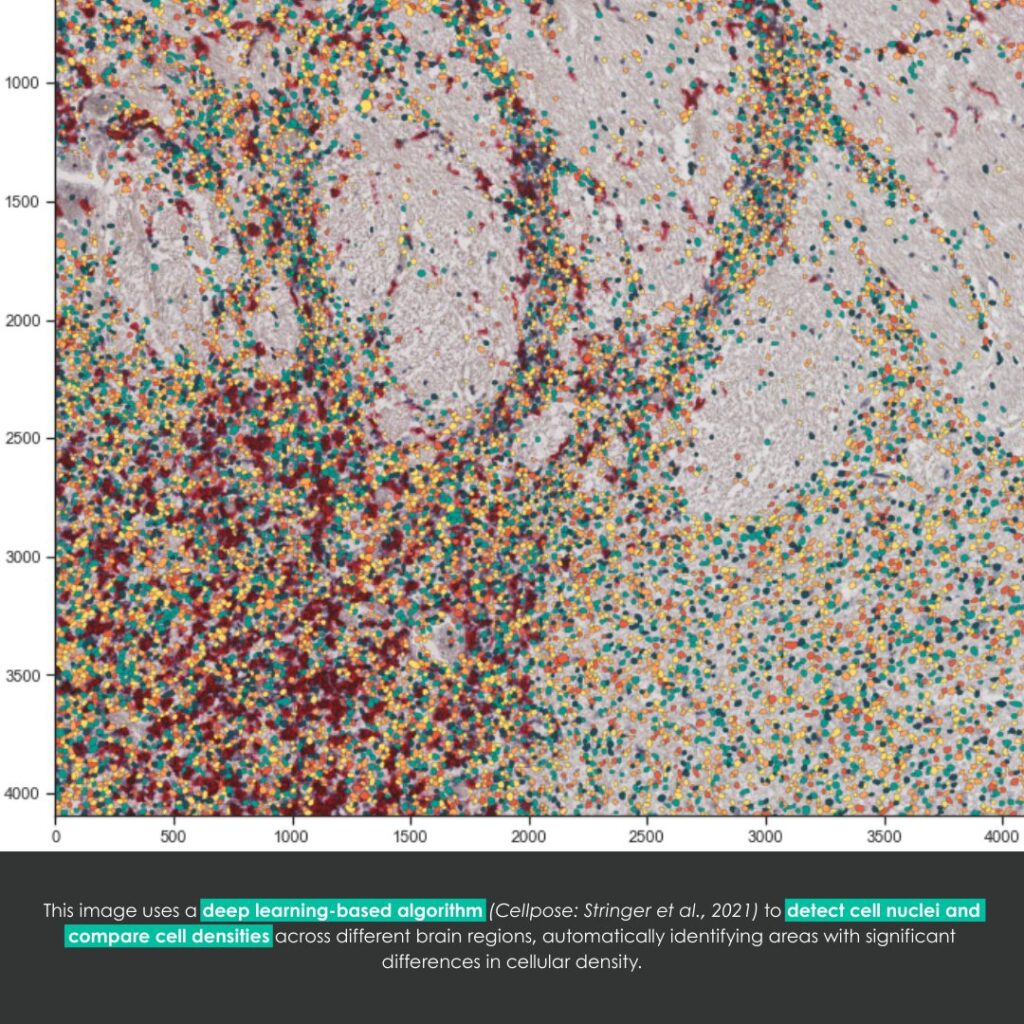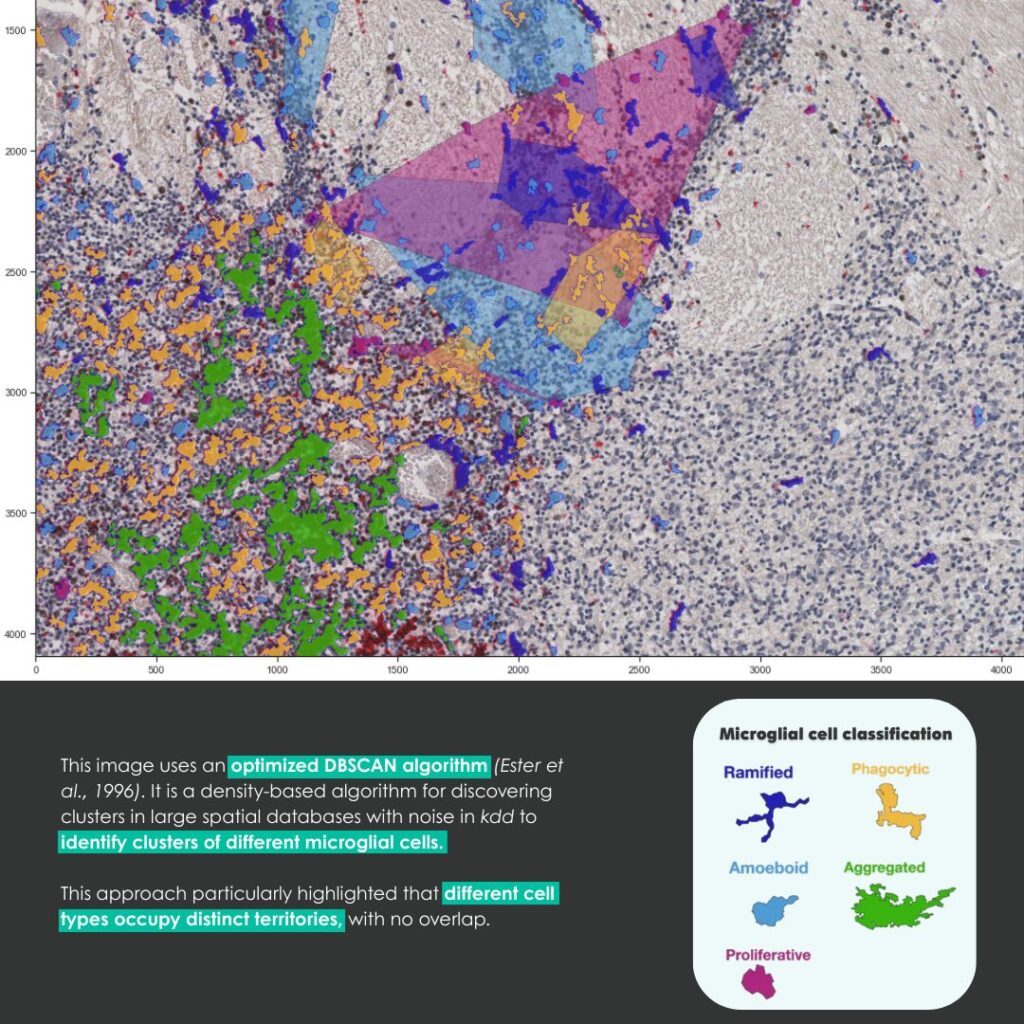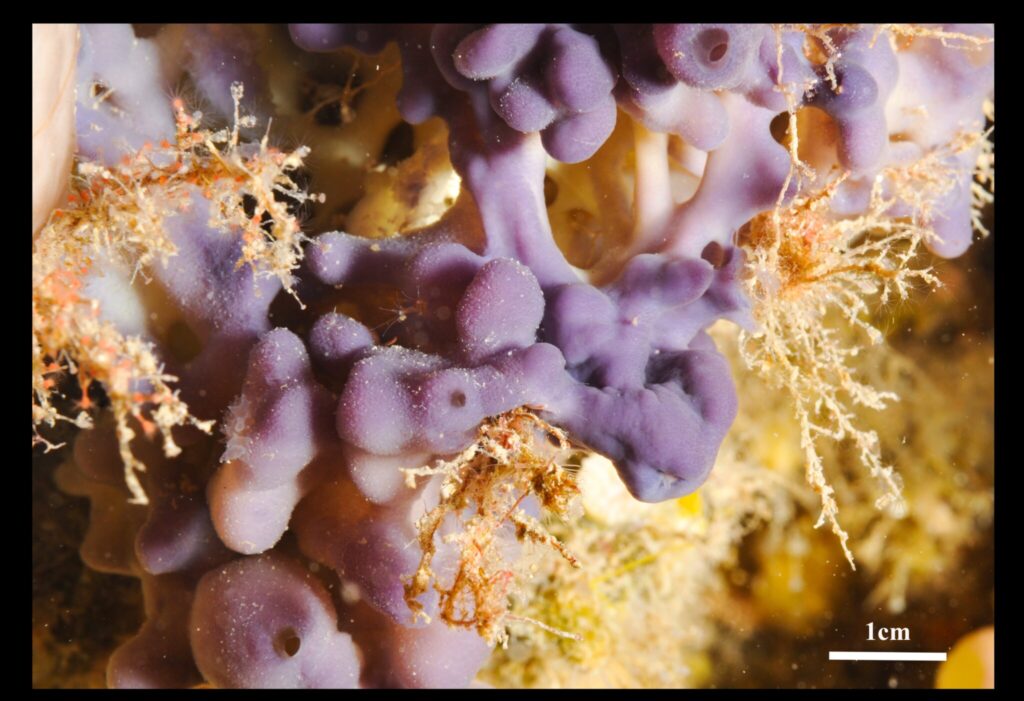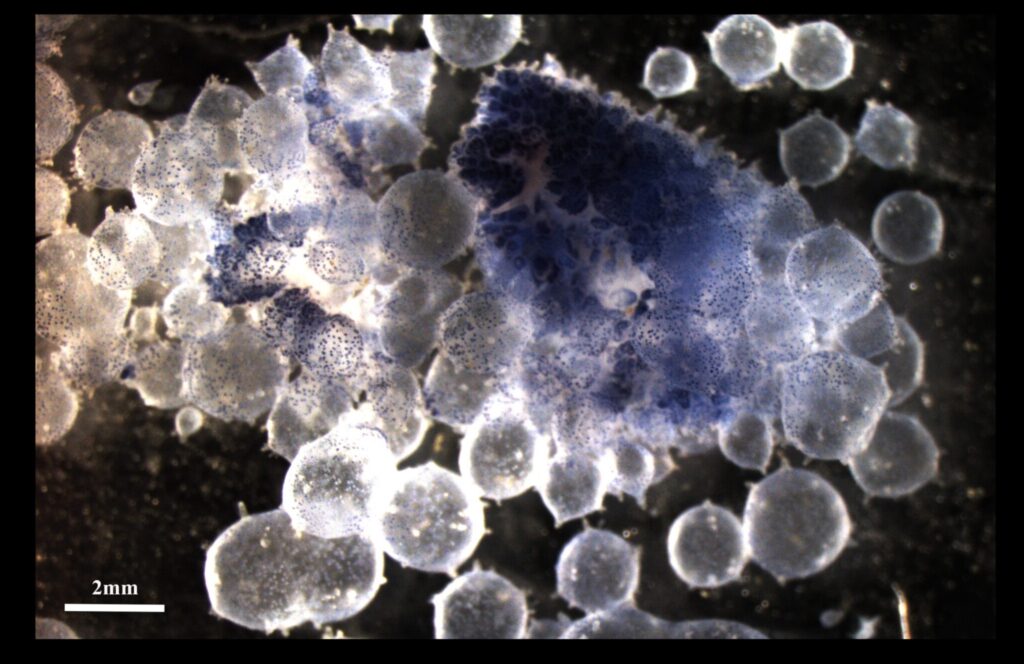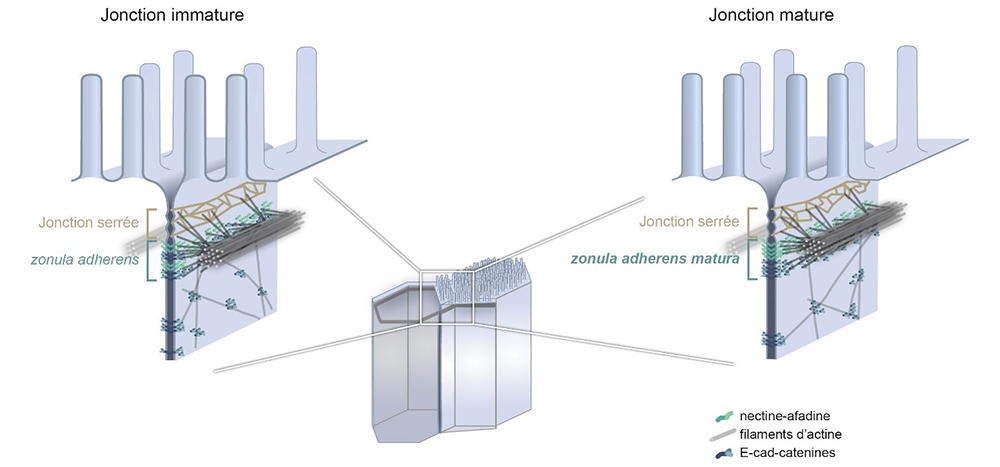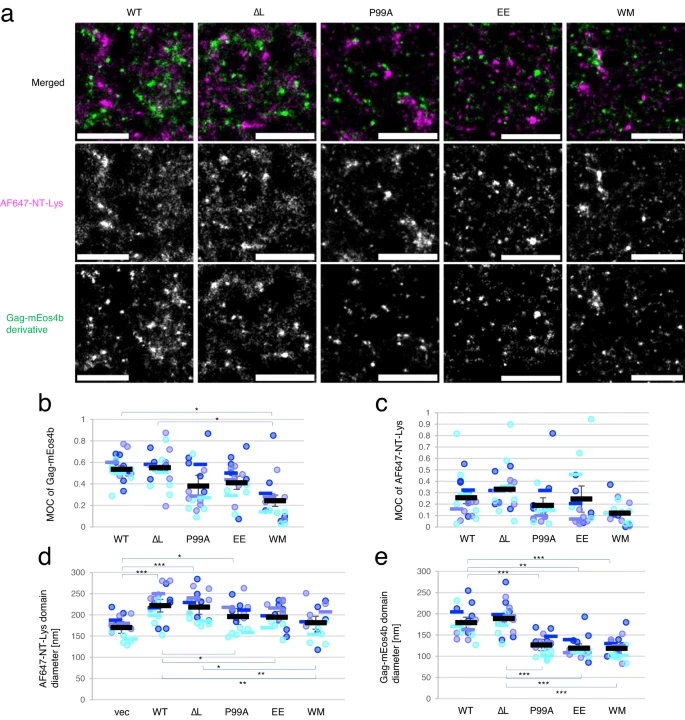A recent research project led by Margaux Delaporte, Céline Raguénès-Nicol and Michel Samson (collaboration between Irset Institute and H2P2 platform) has introduced a new imaging protocol to explore the immune microenvironment of human hepatocellular carcinoma using multiplex immunofluorescence. Let’s take a closer look!
Understanding tumor heterogeneity through the immune microenvironment
Hepatocellular carcinoma (HCC) is characterized by pronounced intra- and inter-tumor heterogeneity, which represents a major challenge for the development and efficacy of targeted therapies. The immune microenvironment plays a central role in disease pathogenesis and in the response to treatment. Gaining a better understanding of this complexity requires approaches that can identify immune cell populations, their functional states, and their spatial organization within tumor tissue.
A multiplex immunofluorescence strategy based on Cell DIVE
In this study, Delaporte et al.1 present a multiplex immunofluorescence (mIF) protocol based on the Cell DIVE technology, enabling the simultaneous detection of multiple protein markers on a single section of human hepatocellular carcinoma. The aim of this approach is to perform detailed immunophenotyping of the tumor microenvironment while preserving tissue architecture.
Cell DIVE relies on successive cycles of immunofluorescent staining, high-resolution image acquisition, and chemical inactivation of fluorochromes. Images from each cycle are aligned using nuclear DAPI staining as a common reference and assembled to generate a final multiparametric image of the entire tissue section. Image analysis is performed using open-source tools, notably QuPath, for cell segmentation and phenotyping.
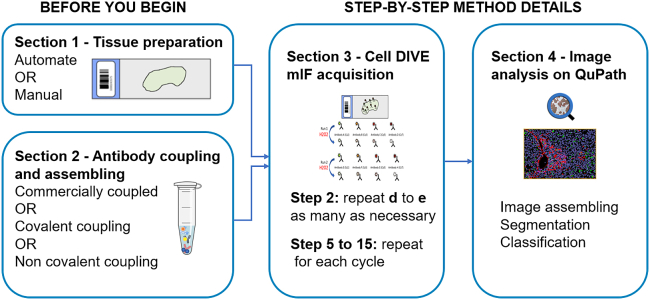
A multiparametric view of the tumor immune ecosystem
The protocol is based on a 20-marker panel combining cellular positioning markers, structural markers of normal and pathological liver tissue, vascular markers, and markers identifying major myeloid and lymphoid populations. Markers of lymphocyte activation, exhaustion, and immune checkpoints are also included to explore the functional status of immune cells within the tumor microenvironment.
This approach enables the generation of a multiparametric, single-cell-resolution spatial map of the immune microenvironment in HCC from a single histological section. It allows the spatial distribution of immune cells and their relationships with tumor and vascular structures to be investigated, while remaining compatible with human samples commonly available in translational and clinical research. The authors also indicate that the methodology can be applied to the study of liver immune infiltration in other pathological contexts and adapted to tissues beyond the liver.
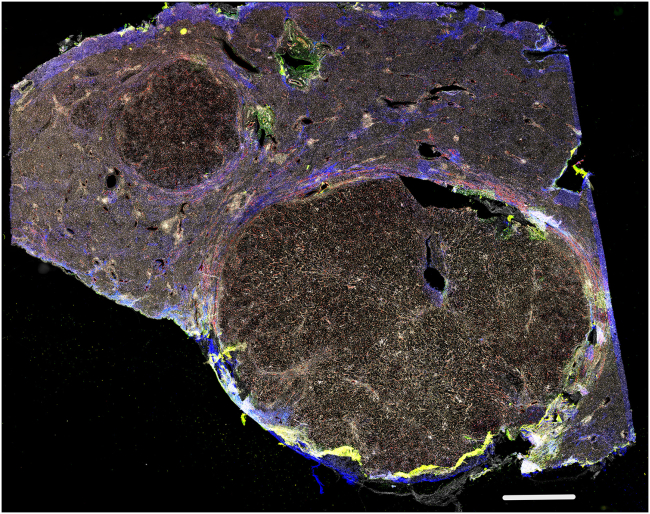
Technical constraints and practical considerations
The main limitation of this protocol is the requirement for access to a Cell DIVE imaging system, which is essential for multiplex image acquisition. The repetition of staining cycles may also pose challenges for fragile tissues, as tissue detachment can compromise image alignment. In addition, the cell segmentation approaches used are primarily optimized for nuclei and may be less suitable for cells with complex or non-rounded morphologies.
Expanding the applications of multiplex spatial imaging
Overall, this protocol highlights the potential of multiplex imaging technologies to overcome the limitations of conventional histology. By combining immunophenotyping with spatial information at single-cell resolution, it provides a powerful framework for studying the immune microenvironment of hepatocellular carcinoma and contributes to a deeper understanding of tumor heterogeneity in human tissues.
1 Delaporte M, Guillout M, Bellaud P, Sébillot A, Turlin B, Pécot T, Samson M, Raguénès-Nicol C. Protocol for studying the immune microenvironment of human hepatocellular carcinoma by Cell DIVE multiplex immunofluorescence imaging. STAR Protoc. 2025 Sep 19;6(3):103946. doi: 10.1016/j.xpro.2025.103946. Epub 2025 Jul 11. PMID: 40652508; PMCID: PMC12274908.
Read their scientific article and access to the detailed protocol here.

